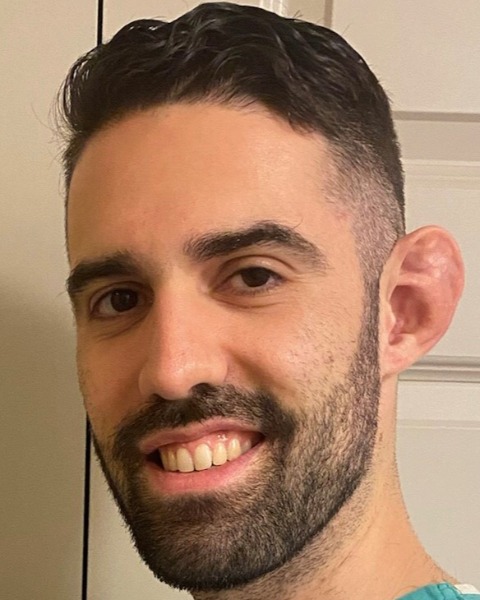SIR 2025
Pain Management/MSK
Scientific Session
Understanding Patient Reported Pain Post-UAE: Insights into Patient Satisfaction and Analgesic Efficacy

Taylor S. Harmon, MD
Fellow
University of Florida College of Medicine Jacksonville, United States- CL
Christopher Louviere, MD
Research Assistant
University of Florida College of Medicine Jacksonville, United States - AS
Alejandro Serrano-Berrios, MD
Research Assistant
University of Florida College of Medicine Jacksonville, United States - MH
Mauricio Hernandez, PhD
Research Manager
University of Florida College of Medicine Jacksonville, United States - RM
Rachel Magliulo, None
Medical Student
Edward Via College of Osteopathic Medicine, United States - JK
Joanna Kee-Sampson, MD
Assistant Professor
University of Florida COM-Jacksonville, United States - SM
Steven Morales-Rivera, MD
Assistant Professor
University of Florida, United States
Presenting Author(s)
Author/Co-author(s)
We investigated patient-reported pain post-uterine artery embolization (UAE) and its relationship to patient satisfaction and likelihood to recommend the procedure. This pilot study aims to enhance understanding of post-UAE experiences and evaluate current analgesic efficacy.
Materials and Methods:
We conducted a single-institution retrospective review of female patients who had ambulatory UAE from November 2015 to August 2024 for treatment of bulk symptoms and menorrhagia. Of 187 considered, 127 met inclusion criteria, with ages ranging from 27 to 69 years. Data was collected from electronic medical records, followed by a 6-question survey asking pain severity on a categorical scale and satisfaction. Of 123 eligible patients, 56 responded. Chi-square analysis was performed.
Results: 70% (39/56) of patients experienced worst pain on Day 1 post-UAE, with 54% (21/39) reporting it within the first 8 hours post-UAE. Of respondents, 59% (33/56) reported “extreme pain and discomfort,” the highest on a 5-point severity scale. 69.2% (27/39) of those experiencing worst pain on Day 1 reported the highest severity.
Pain control perceptions were evenly split; half reported inadequate control, with 35.7% (10/28) saying they would not recommend UAE. Conversely 92.9% of those who felt pain was well-controlled would recommend the procedure (p < 0.01). 35.7% (20/56), reported dissatisfaction due to perceived inadequate post-UAE pain control. Pain regimens were varied, based on provider preference, suggesting possible differing outcomes.
Post-operative pain resolved for 7.1% on Day 1, with gradual resolution over Days 2-5, while 10.7% reported pain lasting beyond Day 5.
Conclusion:
Most patients experienced worst pain on Day 1 post-UAE, mainly within the first 8 hours, with gradual decrease thereafter. Those reporting “slight discomfort” had earlier pain resolution, while higher pain severity correlated with longer durations.
We observed a direct correlation among adequacy of perceived pain control, overall satisfaction and willingness to recommend the procedure (p < 0.01). These findings suggest implementing a standardized, aggressive pain management protocol post-UAE could enhance patient satisfaction and recommendation likelihood. Personalized pain management beyond 5 days may be warranted. Future direction includes a study to determine which pain regimen correlates best with patient satisfaction.


.jpg)